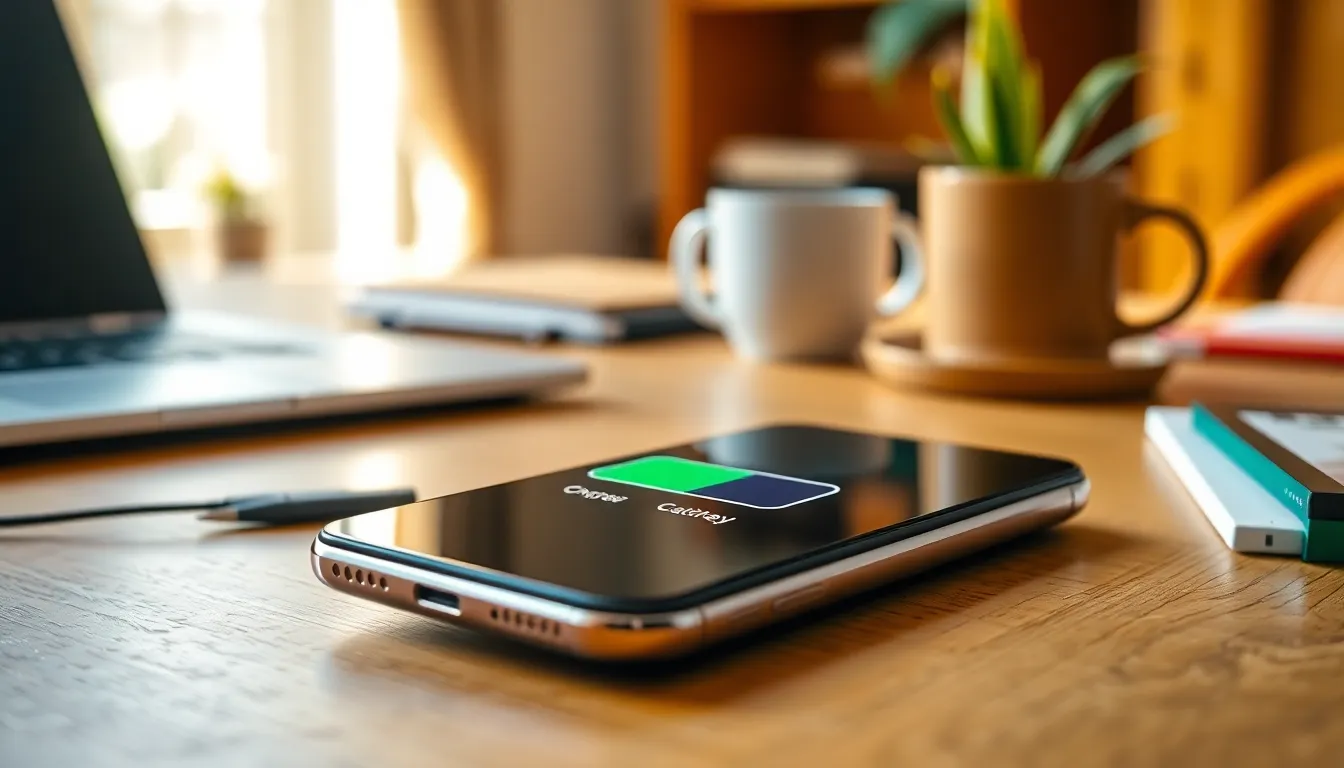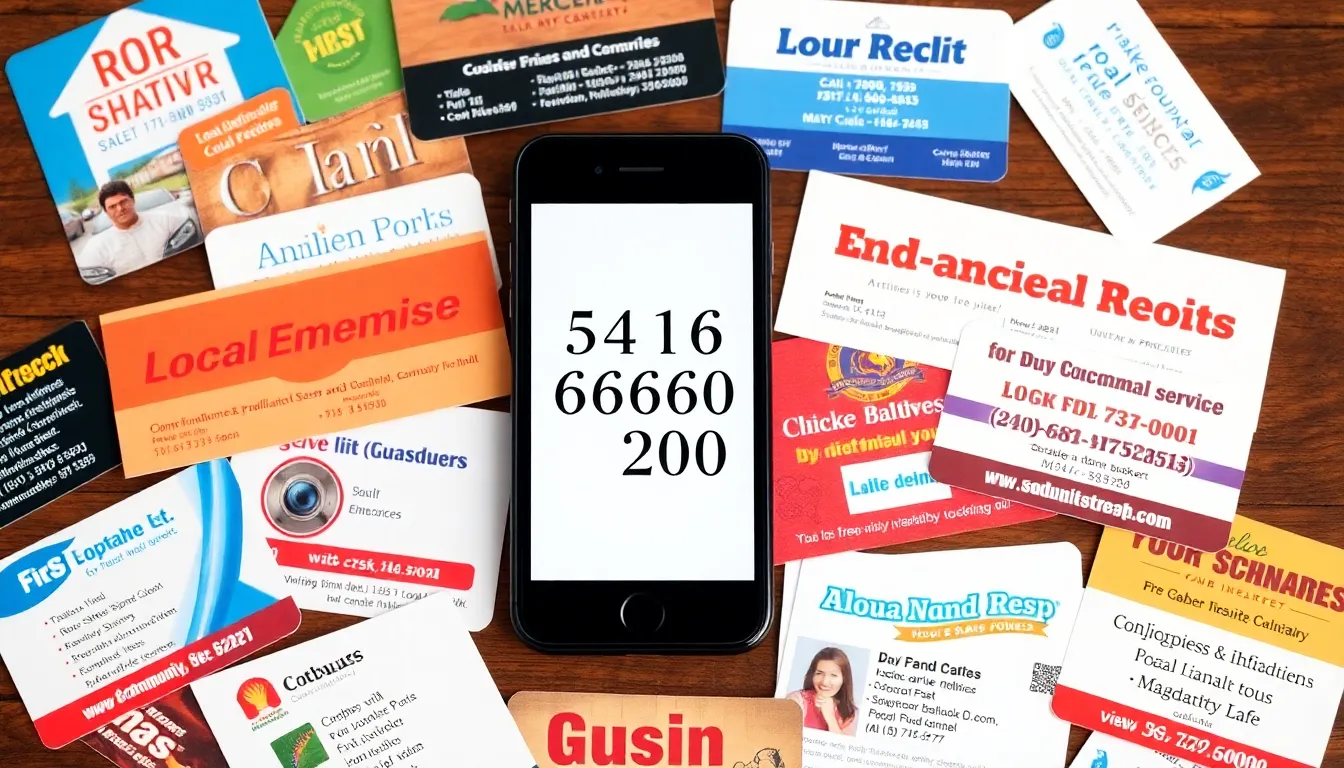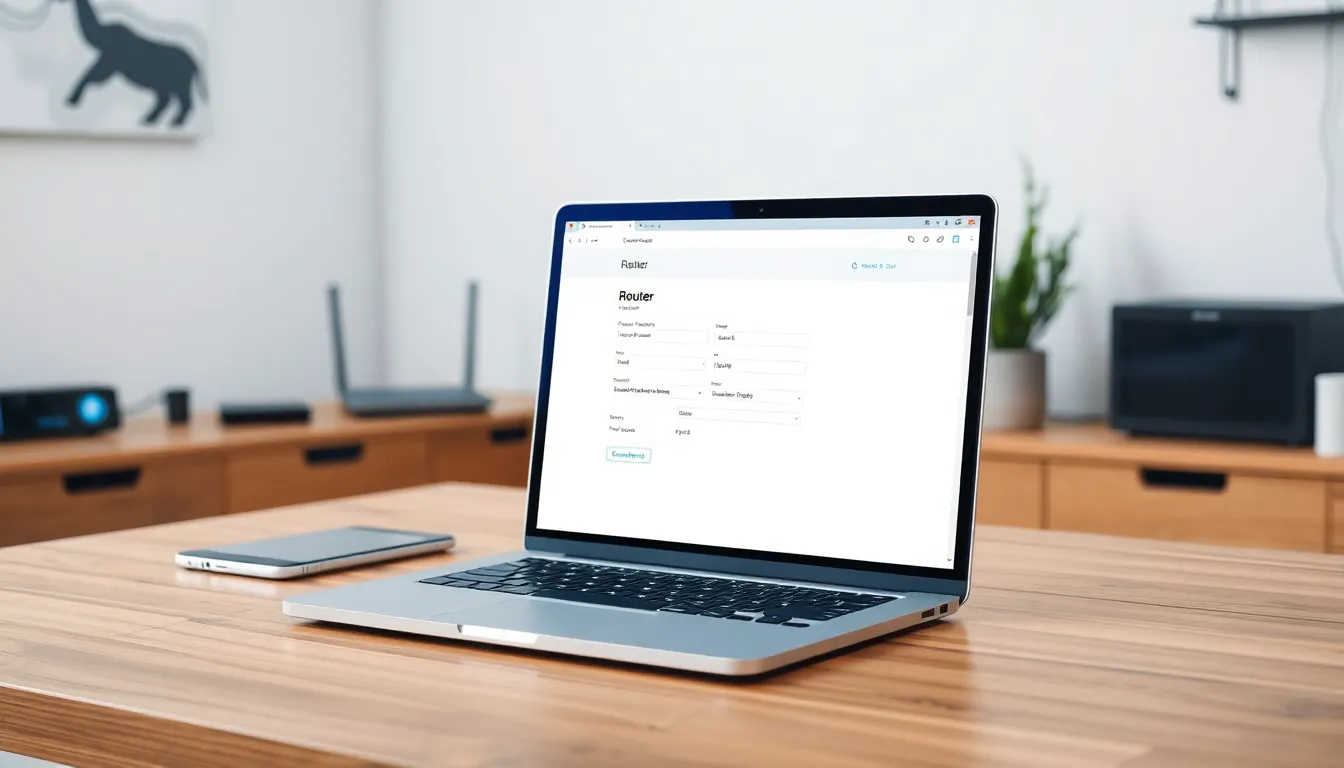Table of Contents
ToggleIn a world where smartphones have become an extension of ourselves, nothing is more frustrating than watching that battery percentage plummet faster than a lead balloon. Picture this: you’re scrolling through social media, and suddenly your phone gives you that dreaded low-battery warning. Panic sets in as you scramble for a charger like it’s a life raft in a sea of digital despair.
Overview Of Smartphone Battery Life
Smartphone battery life represents a critical aspect of user experience. Modern smartphones typically feature lithium-ion batteries, offering various capacities ranging from 3000 mAh to over 5000 mAh. These values directly impact how long users can engage with their devices without recharging.
Factors affecting battery life include screen brightness, background app activity, and network connectivity. High-resolution displays often consume more power, while apps running in the background can drain battery life significantly. The choice of network—Wi-Fi versus cellular—also plays a significant role, as cell networks tend to consume more energy.
Profiles of average battery usage indicate that typical users may experience a full day’s operation under moderate usage conditions. Specific tasks cause rapid depletion; streaming video or playing graphics-intensive games reduces life expectancy quickly.
Software optimization improves battery longevity. Operating system updates often include features designed to extend battery lifespan. For instance, battery-saving modes limit background activity while conserving power during critical periods.
Monitoring battery health can prolong overall performance. Keeping devices updated and avoiding extreme temperatures enhances battery efficiency. Studies show that proper charging techniques, like avoiding overnight charging, help maintain battery integrity over time.
Users frequently seek solutions to extend battery life. Techniques include reducing screen brightness, disabling location services when not in use, and limiting notifications. Adopting these habits can lead to measurable improvements in battery performance, enhancing the overall smartphone experience.
Factors Affecting Smartphone Battery Life
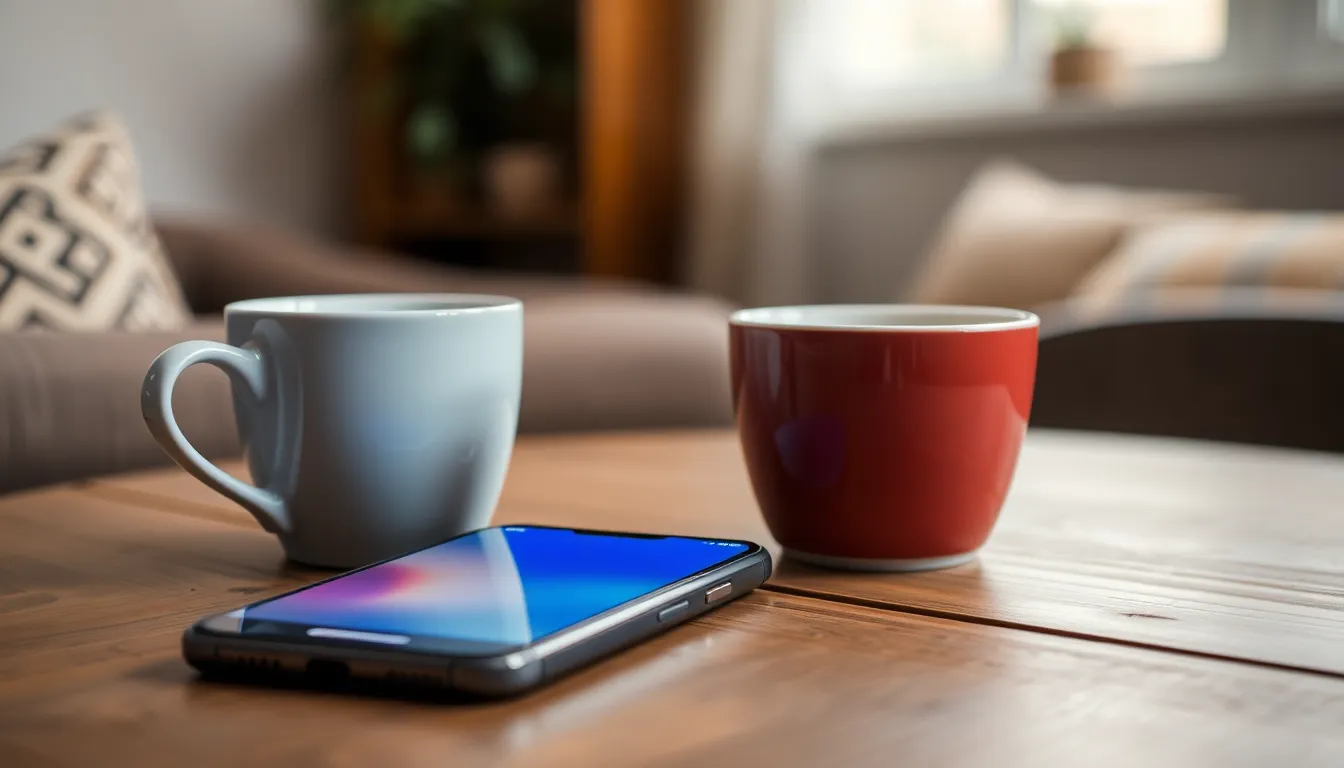
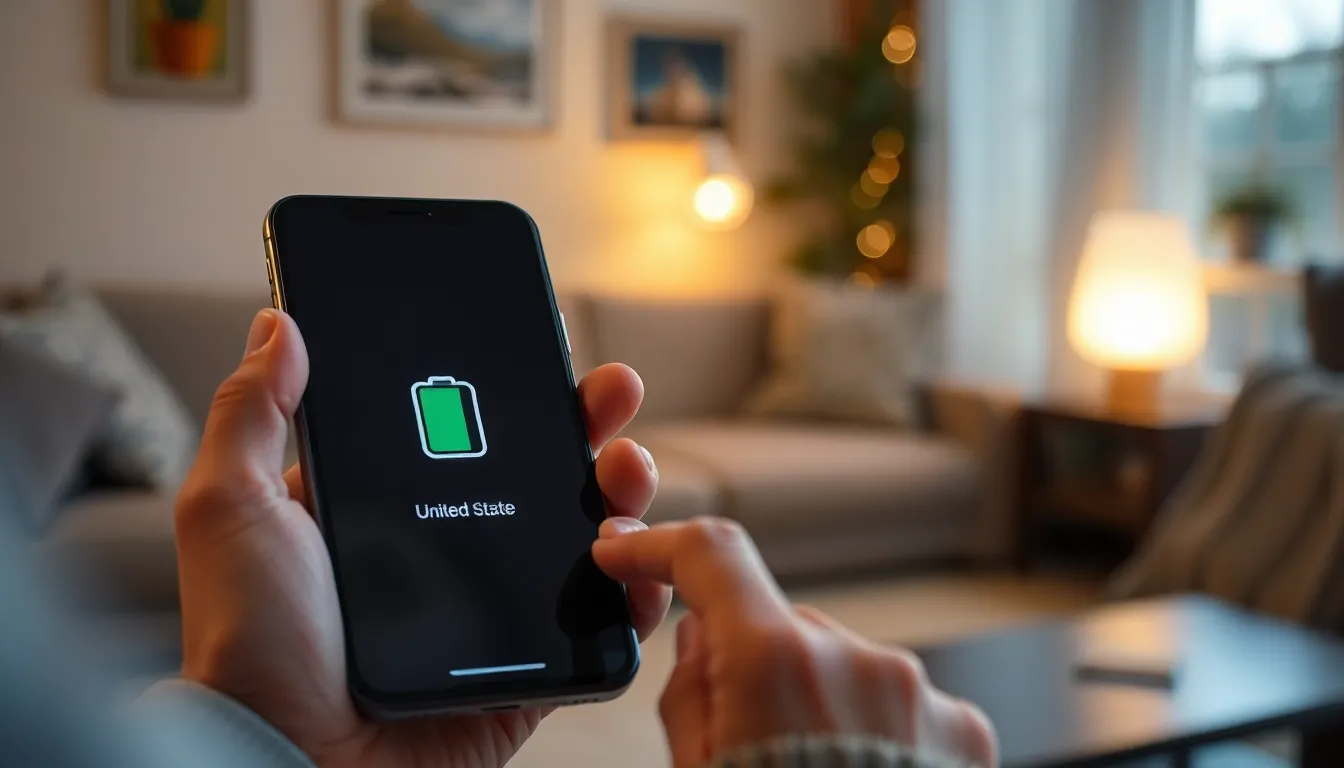
Smartphone battery life varies based on several key factors. Users can greatly influence how long their battery lasts through their choices and habits.
Screen Time and Brightness
Screen brightness plays a significant role in battery consumption. Higher brightness settings drain more power, while lower settings help extend battery life. Prolonged screen time also leads to quicker energy depletion. Optimal practices include utilizing adaptive brightness features that adjust levels based on ambient light. Reducing screen-on time during usage and activating dark modes can further conserve energy.
Background Apps and Usage Patterns
Background apps continuously use resources, impacting battery longevity. Applications running idle consume power, especially those that frequently refresh data. Regularly closing unused apps helps mitigate this drain. Users benefit from monitoring which apps utilize the most battery, allowing for informed decisions on app usage. Pattern awareness, like reducing gaming or video streaming duration, significantly increases battery performance.
Network Connectivity
Network connectivity affects battery life significantly. Active connections to Wi-Fi or cellular networks utilize power, especially when signals are weak. Frequent searching for signals compels the device to use extra energy. Switching off unused connections like Bluetooth or mobile data when not needed can conserve battery life. Utilizing Wi-Fi over cellular can yield better efficiency, as Wi-Fi typically requires less power for data transmission.
Battery Technology Advancements
Smartphone battery technology continues to evolve, aiming for improved longevity and efficiency.
Lithium-Ion vs. Other Technologies
Lithium-ion batteries dominate the smartphone market, known for their high energy density and efficiency. Alternative technologies, such as lithium-polymer and solid-state batteries, offer unique advantages. Lithium-polymer batteries are lighter and can be shaped for various designs, while solid-state options promise higher safety and potential longevity. Users may find that solid-state batteries could enhance performance, reducing the risk of overheating. Moreover, advancements in battery chemistry focus on increasing capacity without adding weight, ensuring smartphones remain sleek and powerful.
Fast Charging and Its Impact
Fast charging technology enhances convenience for smartphone users, significantly reducing the time needed to recharge. Many smartphones now support 18W to 120W charging speeds, catering to the demand for quick power boosts. This technology relies on higher voltage and current levels to expedite charging times. While fast charging is convenient, it raises concerns about heat generation and long-term battery health. Users should balance speed with care, as frequent rapid charging may impact battery life over time. Overall, understanding fast charging’s benefits and limitations can help users maximize their smartphone’s performance.
Tips To Extend Smartphone Battery Life
Users can take simple steps to extend the life of their smartphone batteries. Focusing on optimizing settings and managing apps proves effective for improving battery longevity.
Optimizing Settings
Adjusting screen brightness significantly influences battery consumption. Users should activate adaptive brightness to automatically adjust levels based on surroundings. Another key setting involves disabling unnecessary features like Bluetooth and Wi-Fi when not in use. Turning off background app refresh limits energy drain from apps running without user interaction. Utilizing battery saver modes can also help by restricting performance and reducing power consumption. In addition, lowering screen timeout duration encourages the display to turn off quickly when idle.
Apps and Battery Management
Monitoring apps plays a crucial role in preserving battery life. Users ought to review battery usage statistics available in settings to identify power-hungry applications. Uninstalling unused apps can minimize background activity. Closing apps that aren’t actively used frees up resources and curtails battery drain. Additionally, prioritizing battery-efficient alternatives for commonly used apps helps maintain energy. Staying attentive to app updates may also introduce improvements in performance and battery management features.
Smartphone battery life is a crucial aspect of the overall user experience. By understanding the factors that influence battery performance and adopting effective strategies, users can significantly enhance their device’s longevity. Simple adjustments like optimizing screen brightness and managing background apps can make a notable difference.
Staying informed about advancements in battery technology and charging methods also empowers users to make choices that benefit both convenience and battery health. Ultimately, with mindful usage and proactive management, users can enjoy their smartphones without the constant worry of battery depletion.

